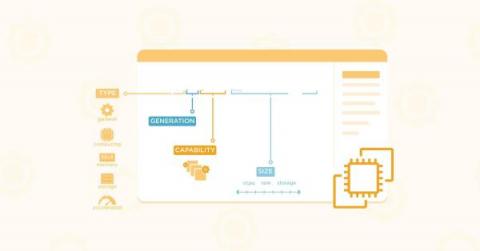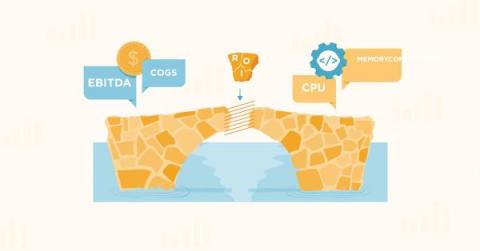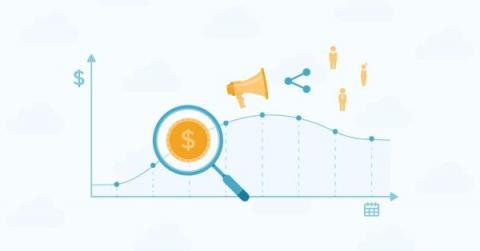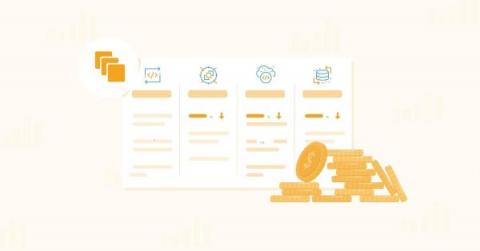5 Things Dimensions Can Do That Regular Tagging Can't
“Perfect tagging” is a little bit like perfectly tuning a piano. It takes an enormous amount of manual effort to get right, it’s never truly perfect, and the slightest change in the surrounding environment can throw it out of harmony. The closer an organization wants to get to perfect tagging, the more engineering resources they have to invest in it — frequently at the expense of more impactful, innovation- and product-oriented projects.











